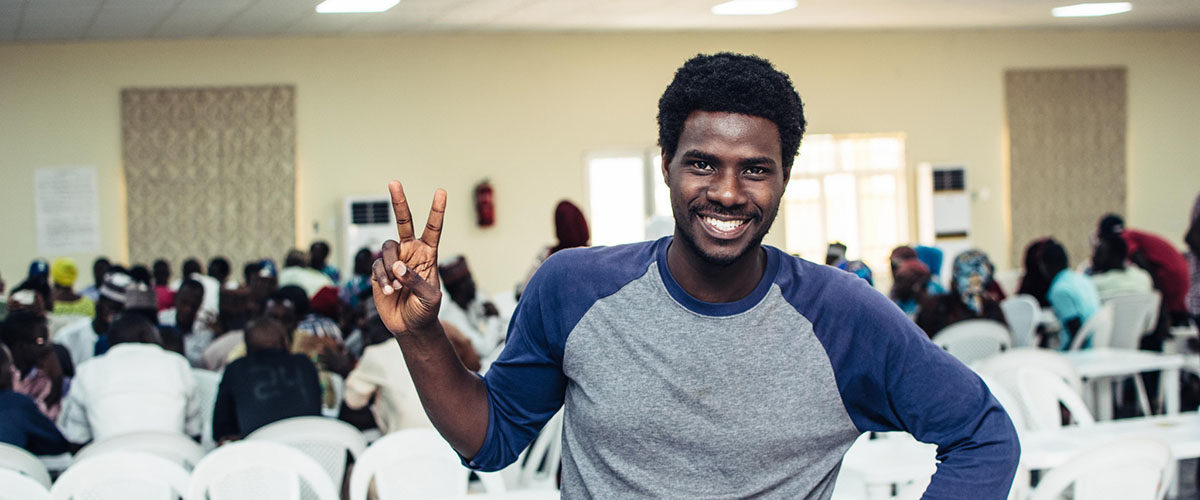Lagos state, the smallest in Nigeria, has a population of 17 million out of a national estimate of 150 million. The UN estimates that at its present growth rate, Lagos state will be third largest mega city the world by year 2015 after Tokyo in Japan an Bombay in India.
Out Of the overwhelming population, Metropolitan Lagos, an area covering 37% of the land area of Lagos State is home to over 85% of the State population. The state has become the economy center of Nigeria.
Current demographic trend analysis revealed that the State population growth rate of 8% has resulted in its capturing of 36.8% of Nigeria’s urban population (World Bank, 1996) estimate at 49.8 million people of the nation’s million population. The implication is that whereas country population growth is 4/5% and global 2%, Lagos population is growing ten times faster than New York and Los Angeles with grave implication for urban sustainability and especially traffic in the state.
The Lagos Traffic Map hopes to account for the appalling situation that inhabitant and motorists go through everyday; helps to give out early warnings to air, water and road users; and helps emergency managers in coordinating and managing mishaps. The Lagos Traffic Map is a two months pilot project that is been coordinated by the ihumanitarian group in Nigeria and some SBTF members in Nigeria. The ihumanitarian group are volunteers from Nigeria that uses the internet, their laptop and mobile phones to help co-ordinate emergencies and help disseminate early warning

